The South Kaibab Trail is one of the most breathtaking hikes in Grand Canyon National Park, known for its panoramic views and steep descents. Unlike the Bright Angel Trail, which provides shaded rest stops and water access, the South Kaibab Trail is fully exposed to the elements, making it both more challenging and more rewarding for those who come prepared. This guide will take you step by step through the trail’s highlights, difficulty level, and tips to make the most of your adventure.
📍 Where the South Kaibab Trail Begins
The South Kaibab Trailhead is located near Yaki Point on the South Rim. Unlike the Bright Angel Trail, it is not accessible by private vehicle. To reach the trailhead, you must take the park shuttle bus, walk, or cycle. While this extra step makes logistics a bit more complicated, it also reduces crowding and preserves the trail’s natural feel.
- Starting Elevation: ~7,260 feet (2,213 meters)
- Colorado River Elevation: ~2,480 feet (756 meters)
- Total Distance to Colorado River: ~7 miles one way
- Elevation Change: ~4,780 feet descent
⛰️ South Kaibab Trail Overview and Distance
The South Kaibab Trail is shorter than the Bright Angel Trail, but it is steeper and does not offer water sources along the way. Its length to the Colorado River is about 7 miles one way, making it a quicker descent but a more intense climb back to the rim. Many hikers combine both trails—descending via South Kaibab for the views and ascending via Bright Angel for shade and water access.
🚶 Popular Hiking Destinations on the South Kaibab Trail
1. Ooh Aah Point (0.9 miles one way)
This is the perfect short hike for families and beginners. True to its name, the viewpoint offers jaw-dropping panoramas that often leave visitors saying “ooh” and “aah.”
2. Cedar Ridge (1.5 miles one way)
Cedar Ridge is a popular turnaround spot for day hikers. It has a flat resting area, toilets, and expansive views of the canyon. The ridge is an excellent place to soak in the scenery before tackling the climb back up.
3. Skeleton Point (3 miles one way)
This is the farthest recommended turnaround point for most day hikers. From Skeleton Point, you can catch your first glimpse of the Colorado River far below. The descent here is steep, and the return hike is demanding.
4. The Tipoff (4.4 miles one way)
Located at the junction with the Tonto Trail, the Tipoff is a resting area for more experienced hikers. The landscape here is open and exposed, with no shade. It’s a common stop for those heading to Phantom Ranch or the river.
5. Colorado River and Phantom Ranch (7 miles one way)
The trail descends all the way to the Black Suspension Bridge that crosses the Colorado River, leading to Phantom Ranch and Bright Angel Campground. This is one of the most spectacular yet demanding sections of the hike. Because of the steep descent, the climb back up is extremely difficult.
💪 Difficulty Level of the South Kaibab Trail
The South Kaibab Trail is considered very strenuous. The lack of water sources and shade makes it more challenging than Bright Angel. Temperatures can vary dramatically, with the inner canyon being up to 30°F hotter than the rim.
- No Water: Bring all the water you need (at least 3–4 liters per person for longer hikes).
- Exposure: The trail is fully exposed to the sun and wind. Sun protection is essential.
- Steepness: The descent may feel easy, but the return climb is punishing.
🌄 Scenery on the South Kaibab Trail
What makes the South Kaibab Trail special is its unobstructed panoramic views. Because it follows a ridgeline rather than cutting into side canyons, the vistas are wide and dramatic. From sunrise to late afternoon, the light creates stunning contrasts on the canyon walls, making this trail a favorite for photographers.
Key highlights include:
- Red and orange canyon layers glowing at sunrise
- Vast views stretching for miles with fewer obstructions than other trails
- Unique geological formations like buttes and mesas rising from the canyon floor
🏕️ Overnight Options
Since the South Kaibab Trail connects to Phantom Ranch and Bright Angel Campground, it is often used by backpackers and those on multi-day trips.
- Phantom Ranch: Offers rustic lodging and meals, but reservations are required up to a year in advance.
- Bright Angel Campground: A popular spot for backpackers at the base of the canyon. Backcountry permits are needed.
⚖️ South Kaibab Trail vs. Bright Angel Trail
Hikers often compare these two famous trails. Here’s how they differ:
- Water Access: Bright Angel has seasonal water stations, South Kaibab has none.
- Shade: Bright Angel offers more shade, South Kaibab is fully exposed.
- Scenery: South Kaibab provides better panoramic views, Bright Angel has more varied landscapes.
- Difficulty: South Kaibab is shorter but steeper, Bright Angel is longer but less punishing.
- Best Strategy: Descend on South Kaibab for the views and ascend on Bright Angel for water and shade.
🧭 Essential Tips for Hiking the South Kaibab Trail
- Start your hike early in the morning to avoid extreme heat.
- Bring plenty of water, salty snacks, and sun protection.
- Do not attempt rim-to-river-to-rim in one day unless highly experienced.
- Use trekking poles for added stability on the steep descent.
- Always let someone know your hiking plans.
Final Thoughts from Leila
The South Kaibab Trail is one of the most unforgettable hikes in the Grand Canyon. While it is more challenging due to its exposure and lack of water, the views are some of the most spectacular in the entire park. From Ooh Aah Point to the mighty Colorado River, every step of the trail immerses you in the grandeur of this natural wonder.
For those who are prepared, the South Kaibab Trail is not just a hike but an adventure that captures the essence of the Grand Canyon’s dramatic beauty.

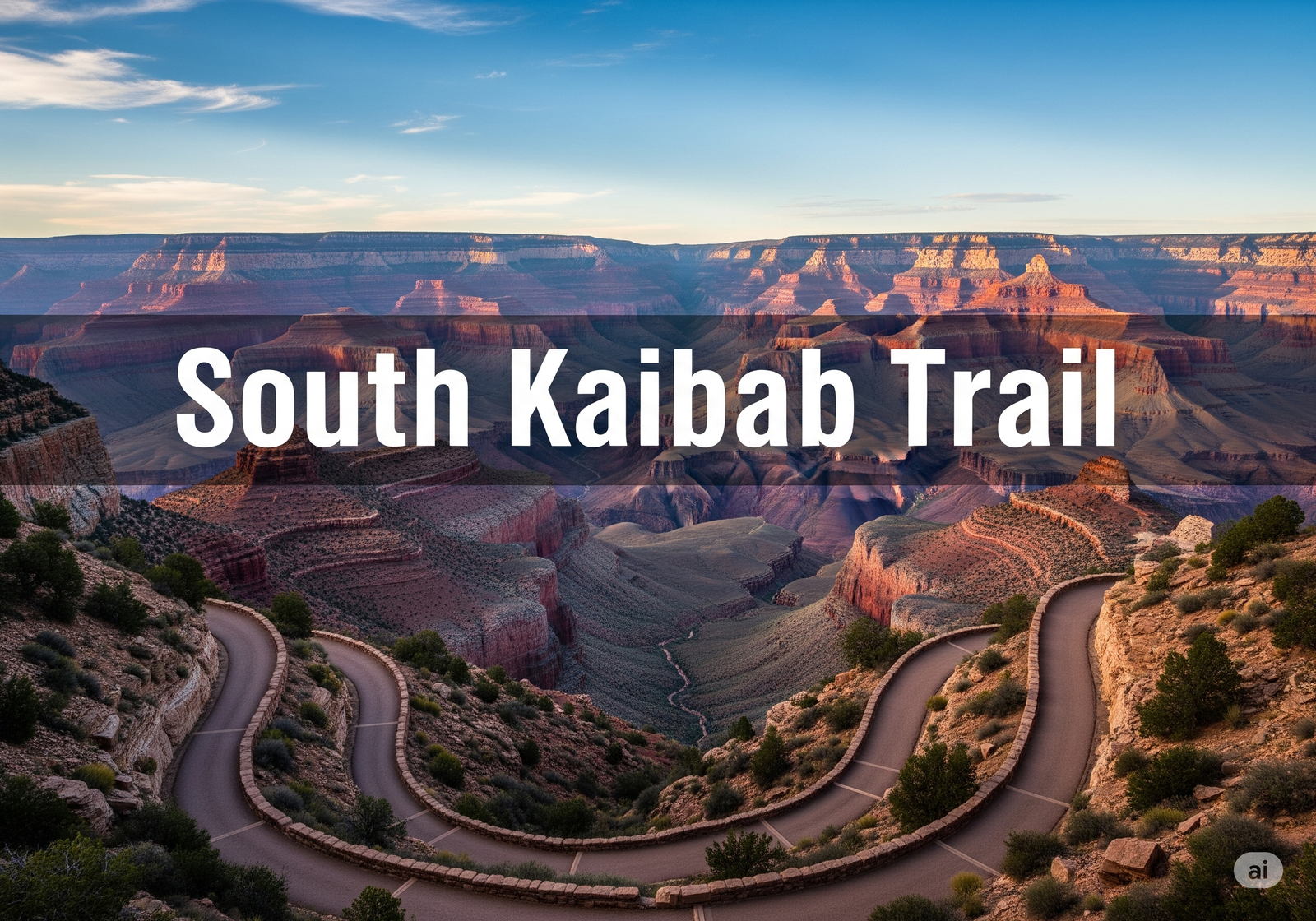



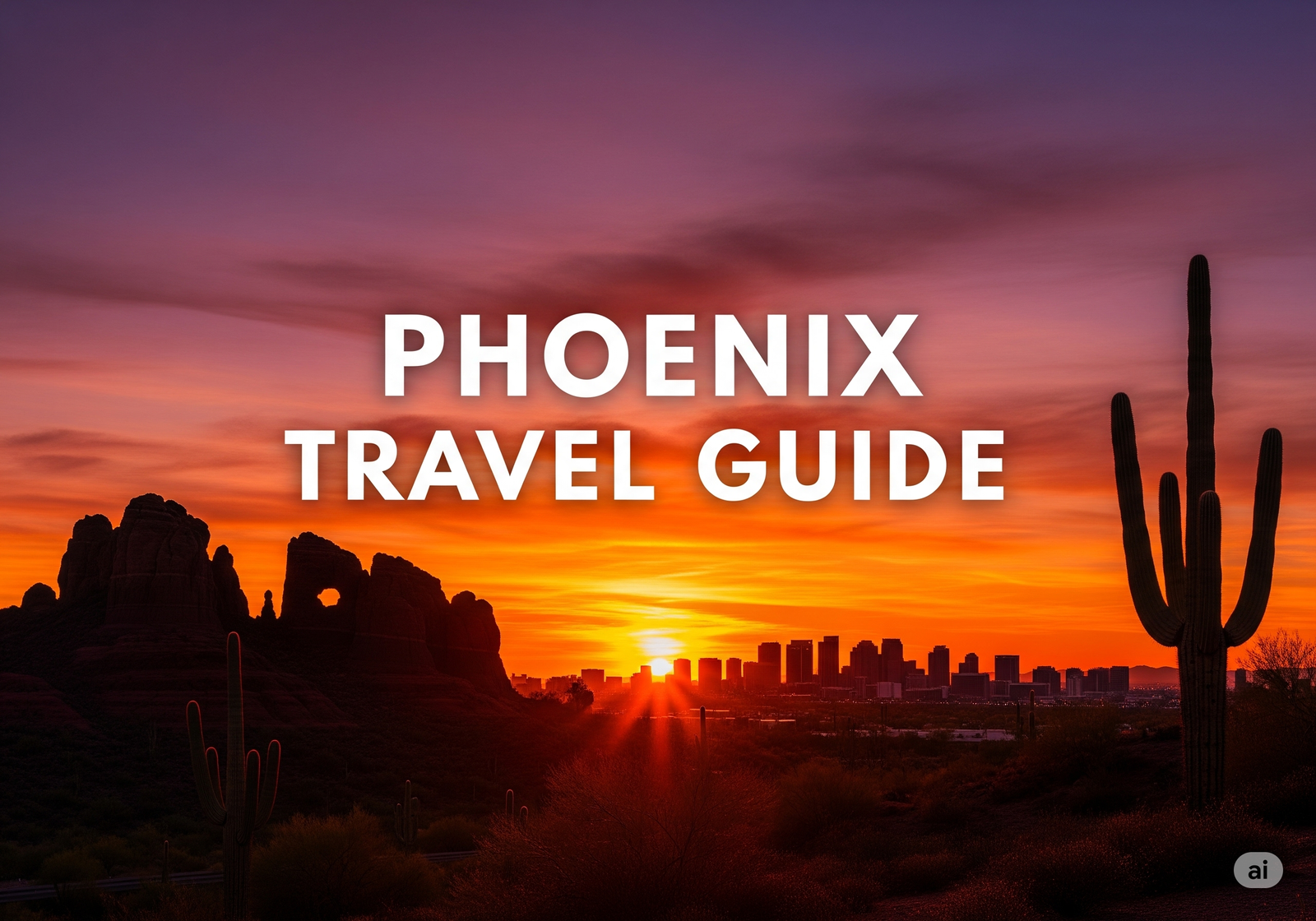
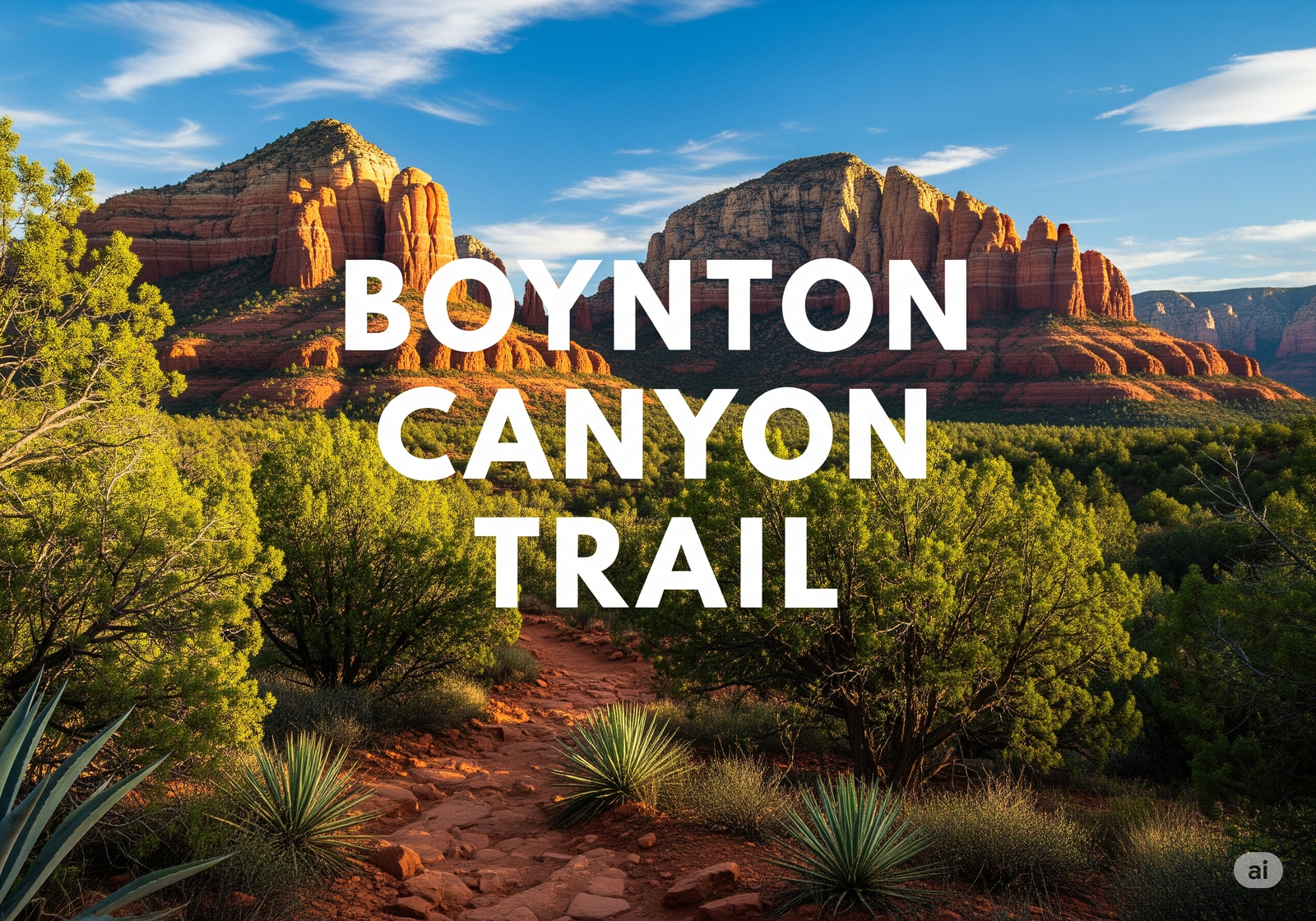
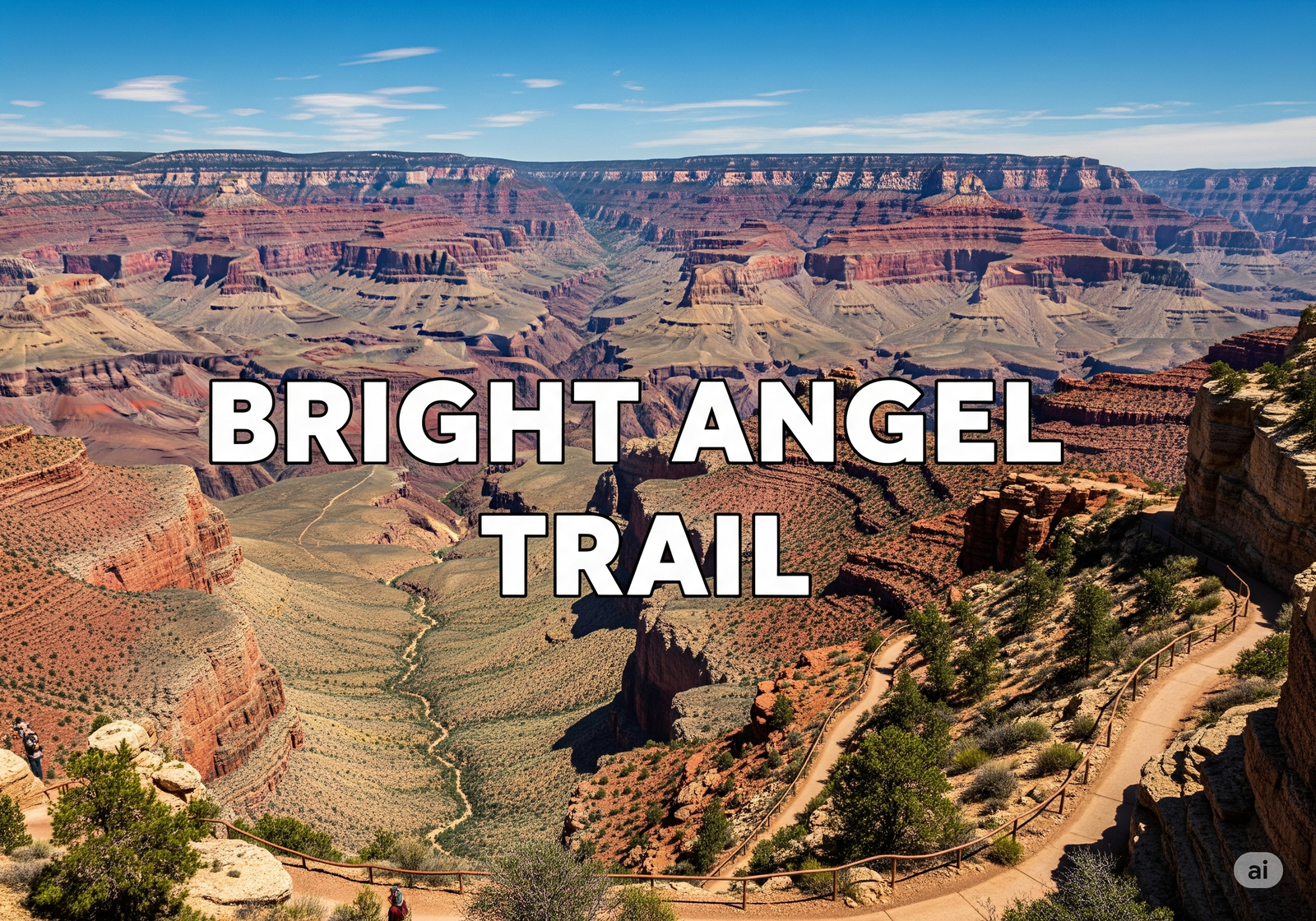
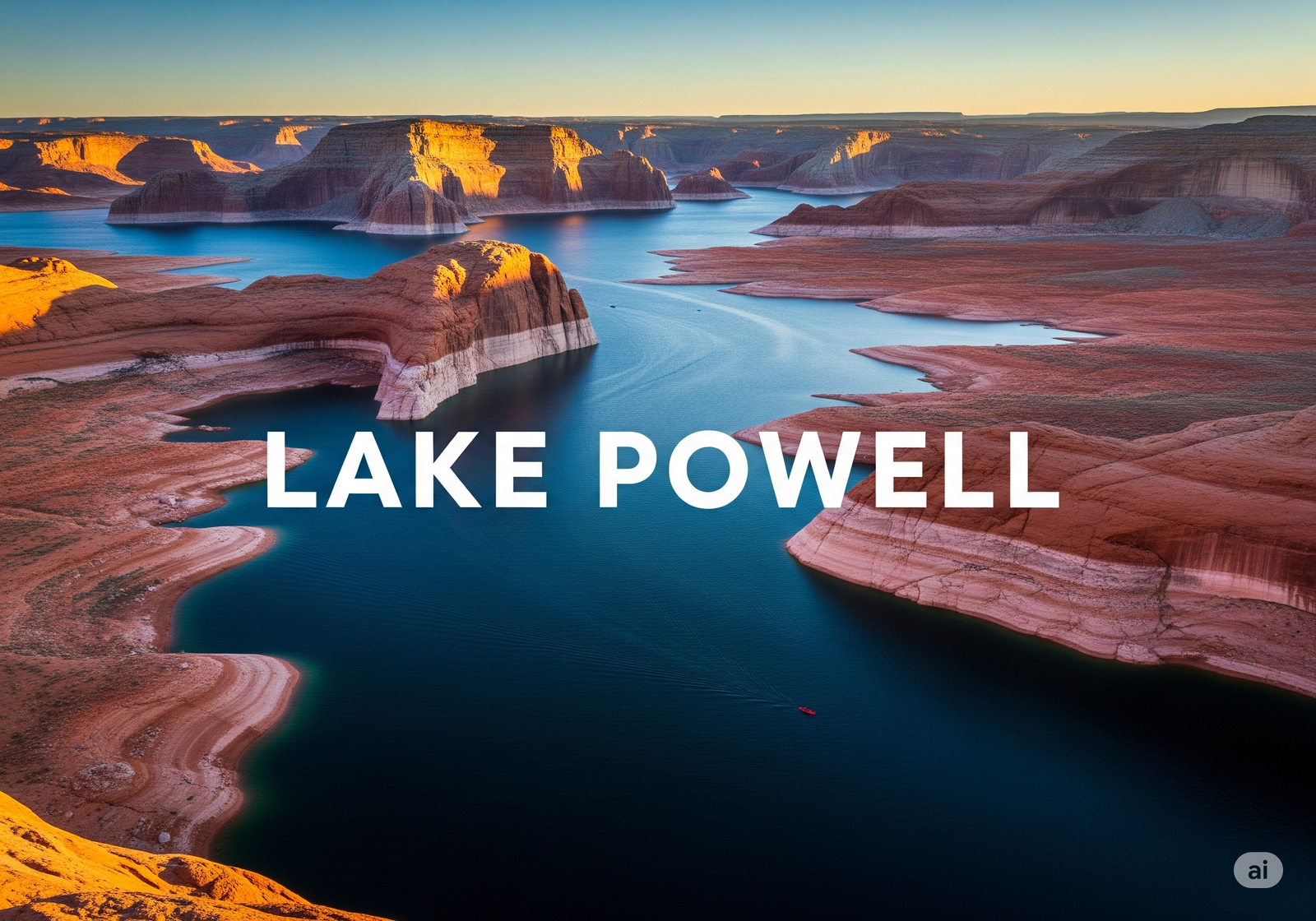
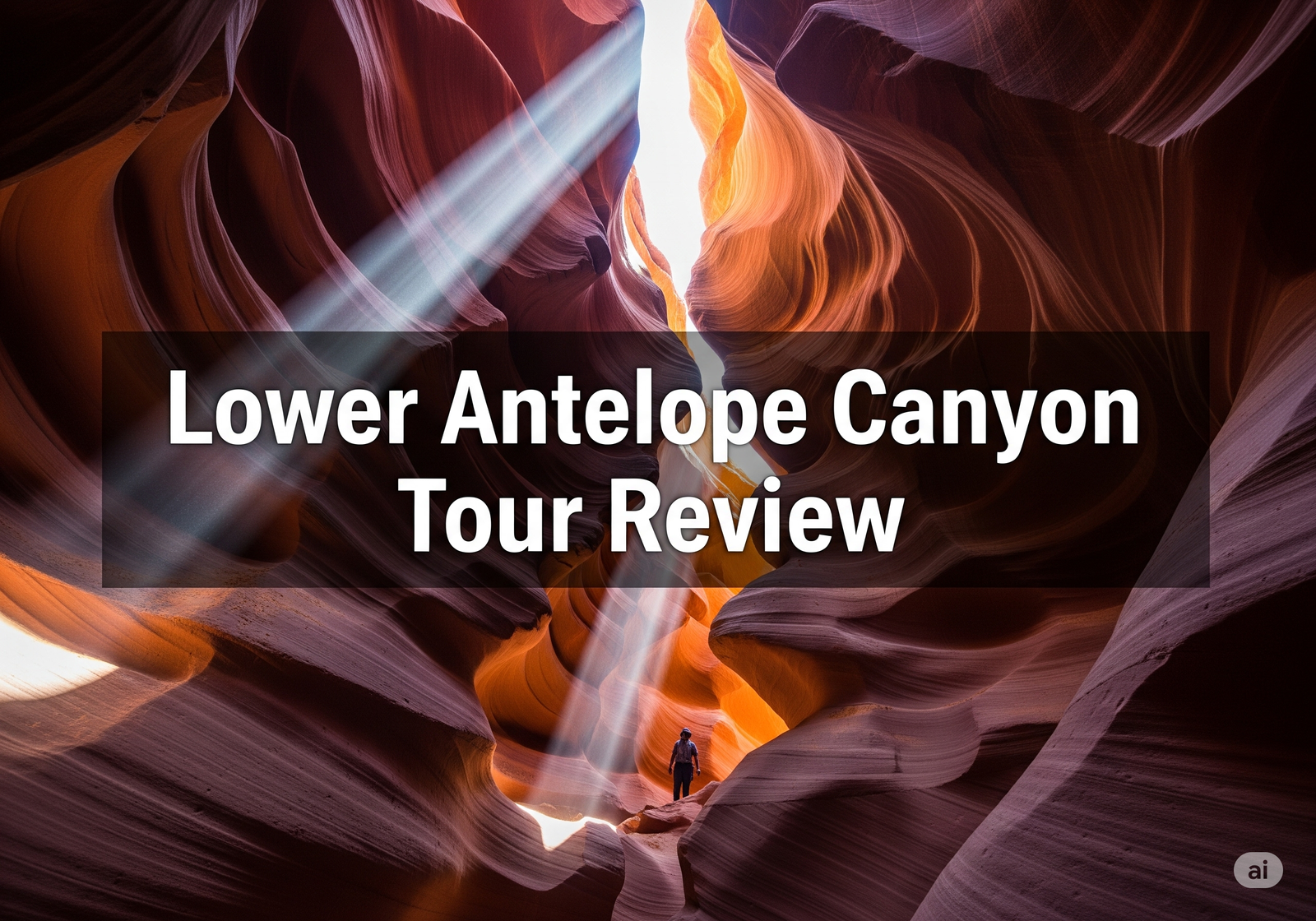
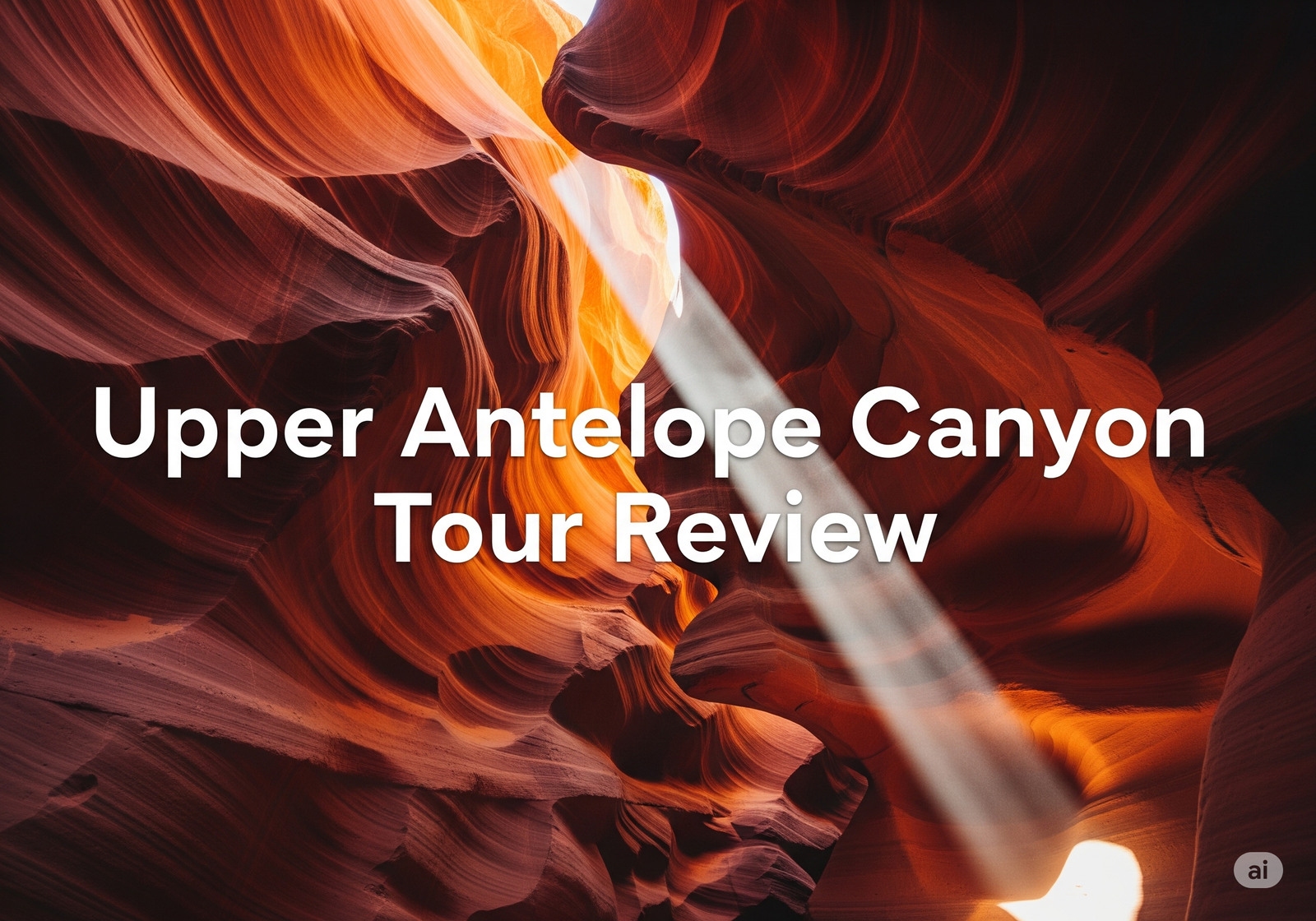
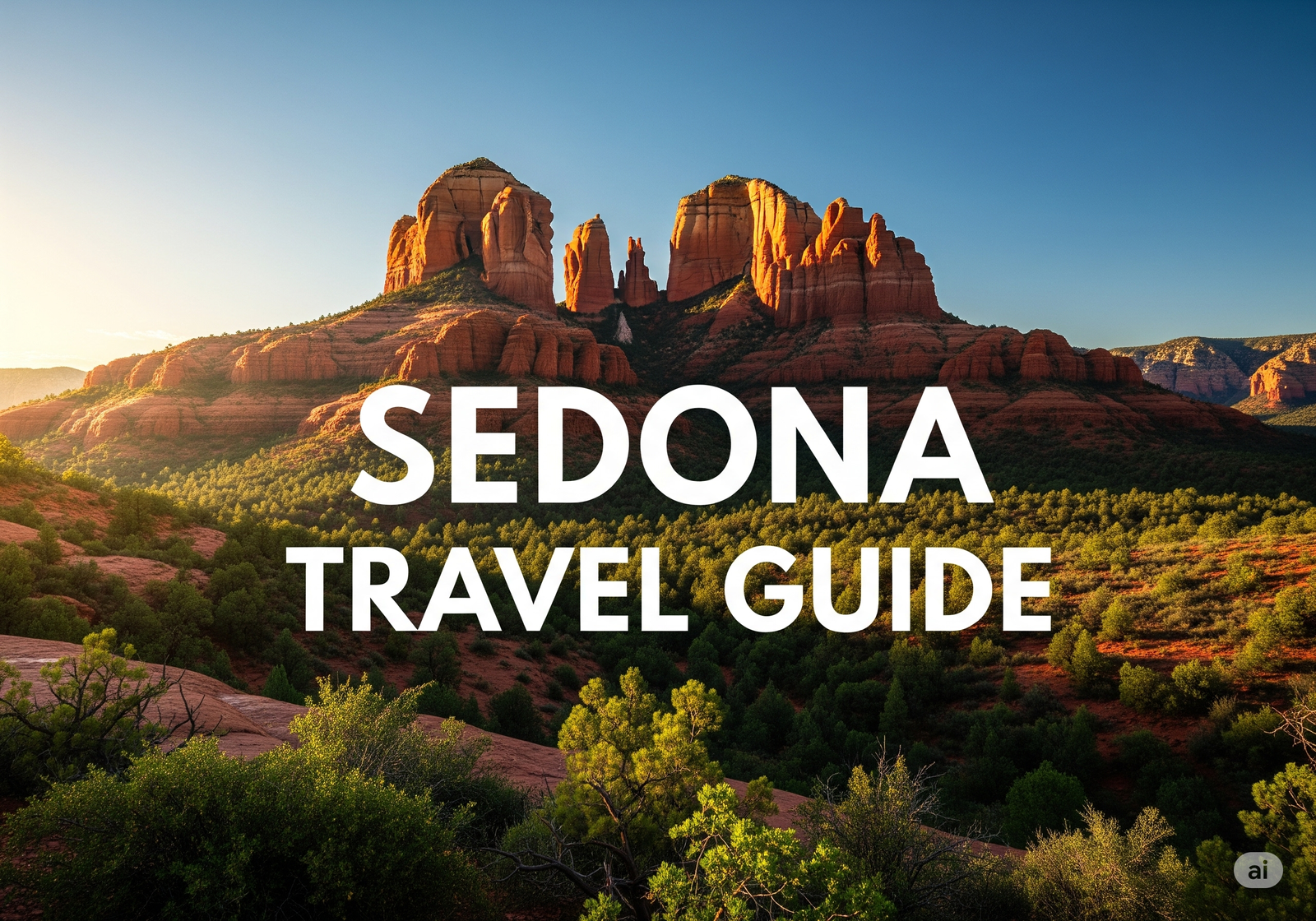
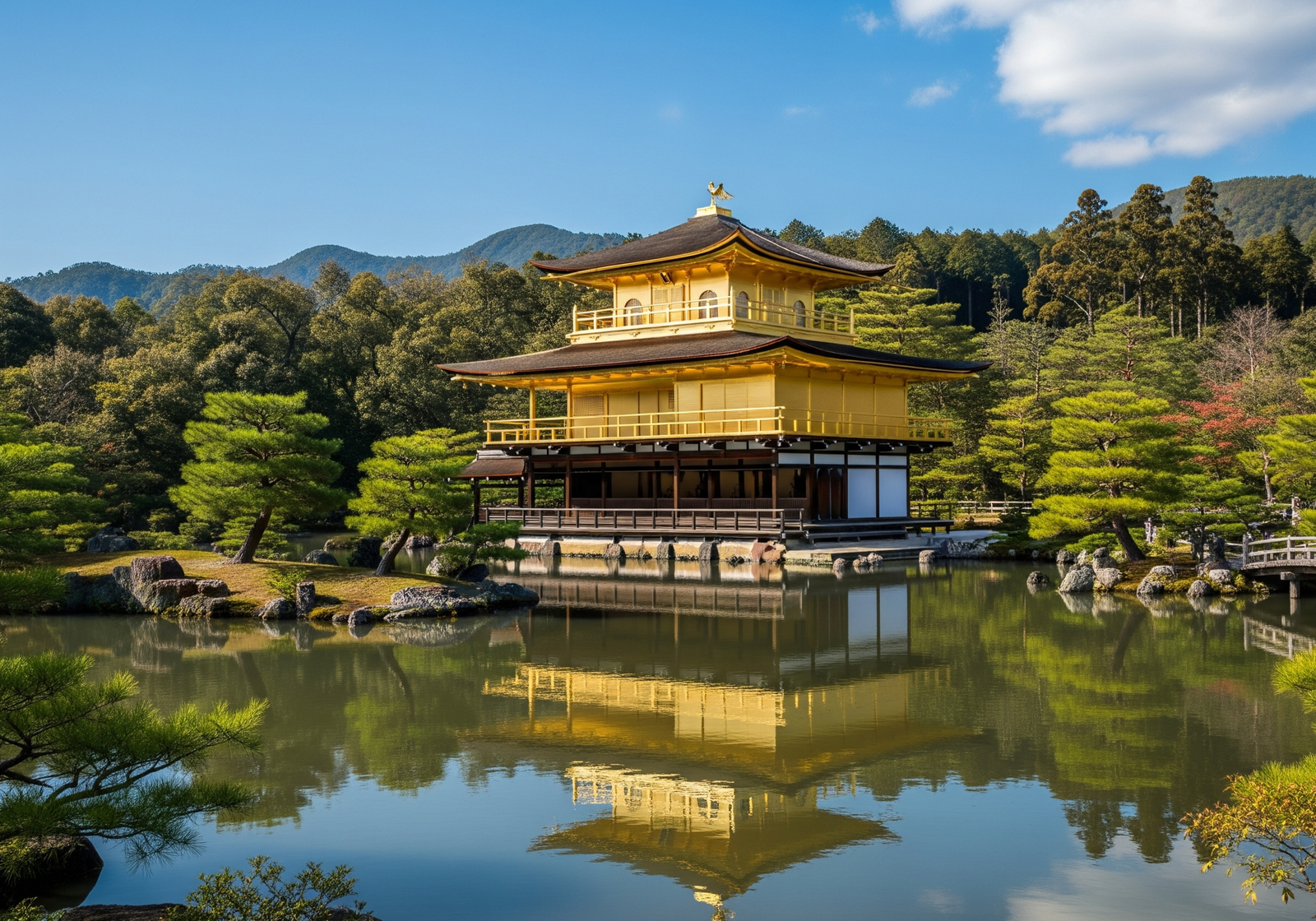



Leave a Reply